Walking the talk on renewable energy
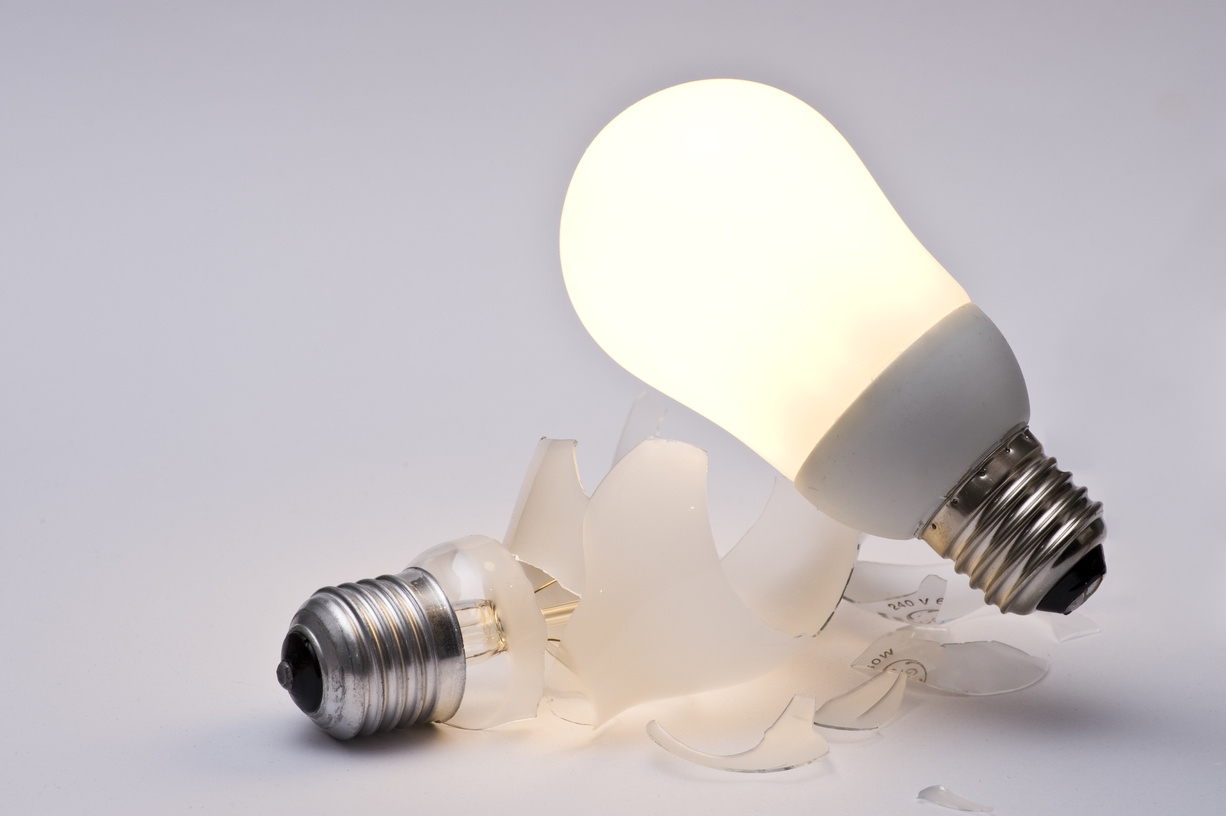
After a year that saw Switzerland officially renounce nuclear energy, the country now has to find alternatives. Politicians are calling for action.
Where do we go from here? The question raised after the May 2011 decision of the Swiss government to abandon nuclear energy has yet to be answered. While the disaster at Fukushima focused people’s minds on the risks of atomic energy, there remains great uncertainty about the future of energy supply in this country.
By 2034, the year the last nuclear power plant is due to close, the Swiss government will have to find other ways to make up the electricity now supplied by its five nuclear plants. This will be a considerable challenge, given that about 40 per cent of the electricity produced in Switzerland is nuclear-generated, equivalent to 25 terawatt hours (TWh) a year.
Consuming less, improving energy efficiency, harnessing power from sun and wind – alternatives to nuclear energy are not lacking in a country that ranks as one of the most innovative in the world, and which has made water into its main domestic source of electricity. But potential alone is not enough.
“We found the political courage to get out of nuclear power. Now we need the courage to impose the use of renewable energies,” said Isabelle Chevalley, who represents the Liberal Green party in the federal parliament.
Cutting consumption
As part of its new energy strategy for 2050, the government intends to focus on energy efficiency and on making the most of renewable energies (see sidebar).
The main potential for saving electricity is to be found in public buildings (7 TWh by 2035) and industry (13 TWh). The federal administration, the Institutes of Technology and semi-state companies will all have to do their part, slashing energy consumption by 25 per cent by the year 2020.
“Switzerland has already adopted the European directives on saving energy with domestic appliances,” noted Chevalley, who nonetheless expects more radical initiatives to be taken. “Even someone who has electric heating is going to need to adapt his own system to new requirements.”
According to the government, production of electricity from renewable sources will have to increase by 13 TWh by the year 2035. This is an objective which can be reached by using hydro power and a greater diversification of the energy mix.
“Solar energy will be able to supply 20 per cent of the need,” stated Roger Nordmann, Social Democratic parliamentarian and president of Swissolar, the national association of solar energy producers. Citizens should be able to install solar panels without needing an official authorisation, suggests Chevallay.
Time for action
A detailed plan for the national energy strategy will be published by the energy ministry half-way through 2012. In the meantime, Nordmann wants concrete actions to be taken.
The means needed to transform the energy landscape should be made available right away, he says, and the national programme to promote renewable energies (cost-covering remuneration for feed-in to the electricity grid, CRF for short) should be strengthened.
The CRF programme allows producers of clean energy (hydro, solar, wind, geothermal and biomass) to sell electricity to the grid at higher than the market price. The funds earmarked for this programme (SFr247 million in 2011) are proving to be insufficient, however, and numerous projects have been frozen.
“We need to unblock the 14,000 projects waiting to be implemented. These projects could give us 14 per cent of our energy needs, which would correspond to the energy produced by three small nuclear power plants,” said Nordmann.
Parliament sent a signal in this direction in 2011. Both houses accepted a proposal (known as the Häberli-Koller motion) which calls on the government to bring in legislation abolishing the spending cap on the CRF and instead giving it annual allocations.
Wind of change
While recognising that the Swiss political system does not admit of very rapid progress – “otherwise every change would end up going to referendum” – Chevalley thinks that drastic measures are inevitable. And they won’t please everyone.
In the area of wind power, she says, we may have to “impose the installation of turbines on the regions”. Austria has built 600, notes Chevalley. “It doesn’t appear to me that their landscape has been ruined by this. Switzerland could do the same.”
One group of citizens in canton Jura doesn’t see it this way, however. They have taken legal action to block a wind farm that could supply electricity to 40,000 people. But Chevalley is adamant.
“We have to be prepared to make sacrifices,” like the people of Valais and Graubünden who “sacrificed their valleys to build the big dams of which we are so proud today”.
Opposition to the progress of renewable energies is not coming from environmental groups, but private individuals, observes Nordmann. “We should simplify and speed up the processing of legal challenges, without of course reducing the rights of private citizens.”
From words to deeds
While all this guarantees lively debate in the two houses of parliament, some communities have already decided to act.
In November 2011, Igis in Graubünden became the first Swiss commune to give itself road lighting exclusively using LEDs – an energy saving of 60 per cent. Mendrisio, in Ticino, has started a pilot project for a “smart grid”, while Geneva has built the biggest solar plant in Switzerland over the roofs of Palexpo, the city’s trade fair and exhibition complex.
“Having to find 40 per cent of the electricity is not something that bothers me. Solar, wind and hydro power are going to be the energy backbone of Switzerland,” maintained Chevalley. Her optimism may be due at least in part to the new shape of parliament, which can now boast 15 more anti-nuclear campaigners than there were in the last one.
On May 25, 2011 the Swiss government decided to phase out nuclear energy. The five power plants will be shut down at the end of their life cycles between 2020 and 2034.
This change was ratified by parliament, which still decided to leave the door open to future
nuclear technologies.
As part of its “energy strategy 2050”, Switzerland intends to adopt measures to reduce consumption and promote renewable energy sources. The main points of the plan are:
Energy efficiency: reduction of power consumption by electrical appliances, buildings, industry, services and mobility. On the other hand, professional training and research are to get a boost.
Renewable energies: adjustment of the incentive system of CRF (cost-covering remuneration for feed-in to the electricity grid) and simplification of approval procedures. The priority is now being given to big hydro stations, solar and wind energy.
Fossil fuels: building of high-efficiency cogeneration plants and combined-cycle gas and steam turbine plants.
Grids: extension of the high-tension transmission and distribution grids. Promotion of “smart grids”.
To meet the goals of the 2050 energy strategy, the government is considering the possibility of an ecological fiscal reform.
This would mean taxing undesirable activities (for example consumption of energy and pollution) and facilitating desirable activities, such as labour and investment.
(Translated from Italian by Terence MacNamee)

In compliance with the JTI standards
More: SWI swissinfo.ch certified by the Journalism Trust Initiative

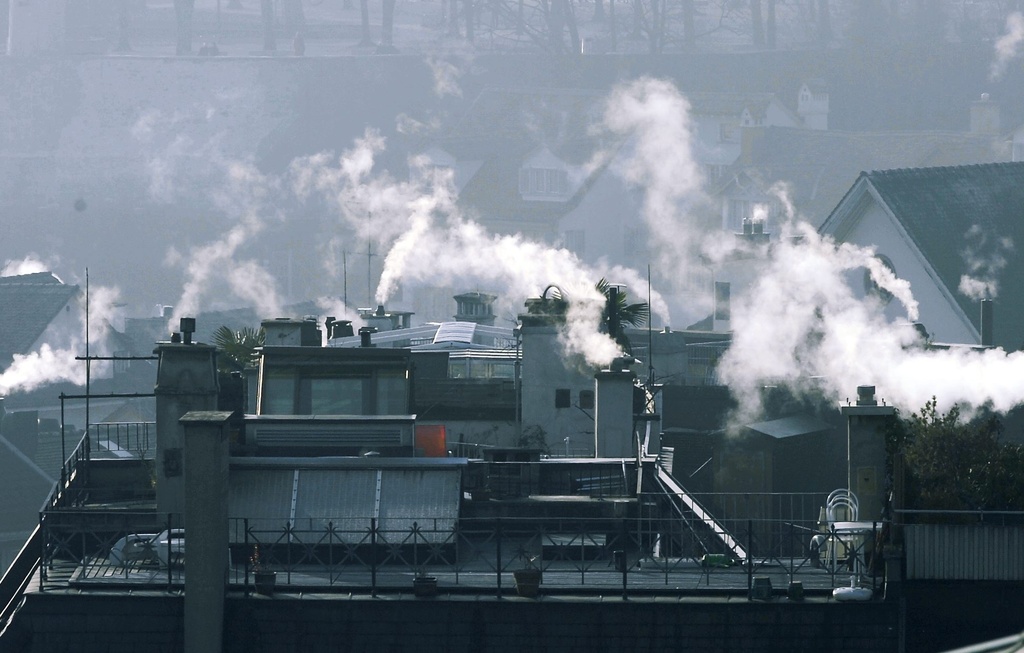
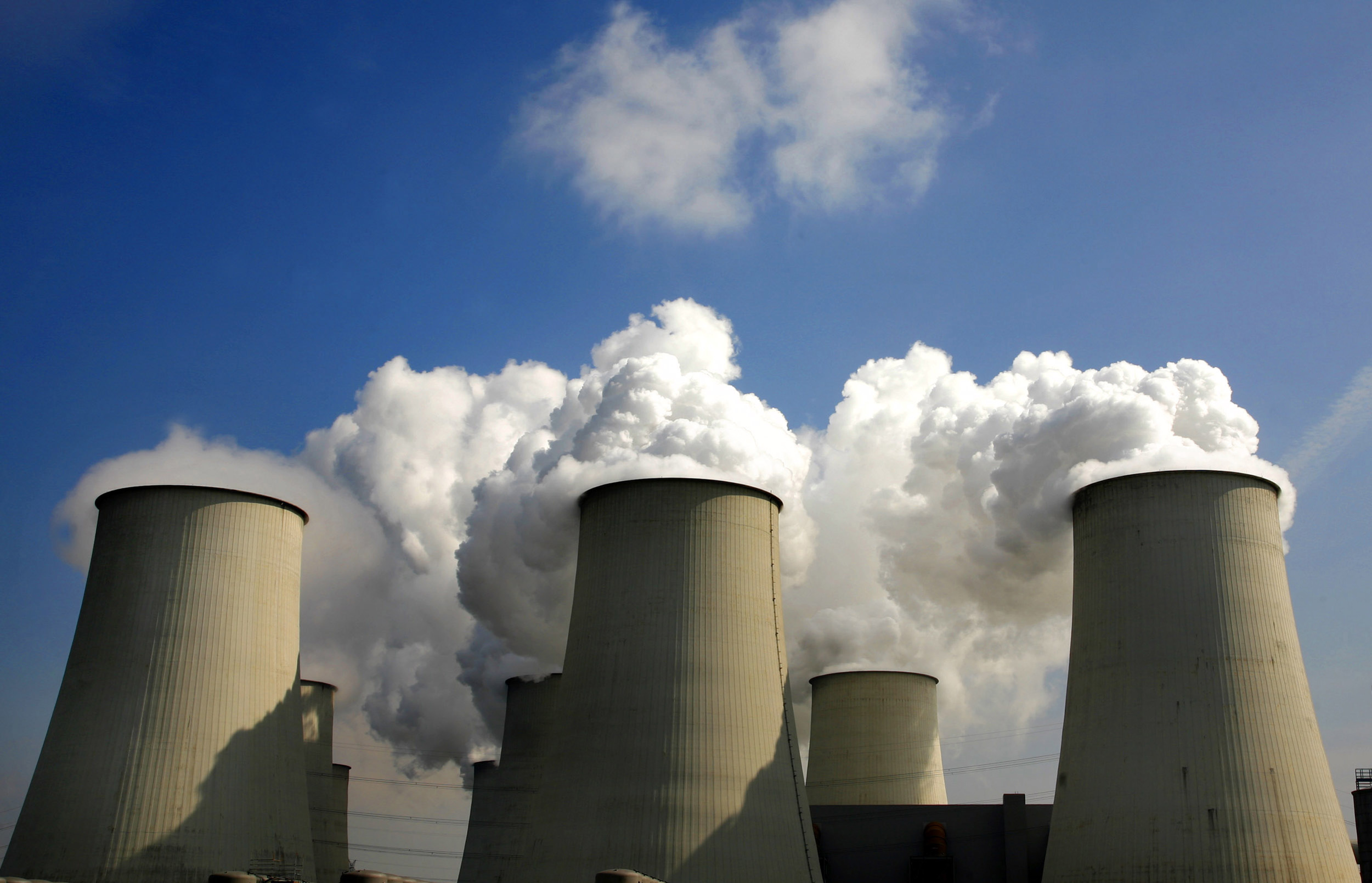
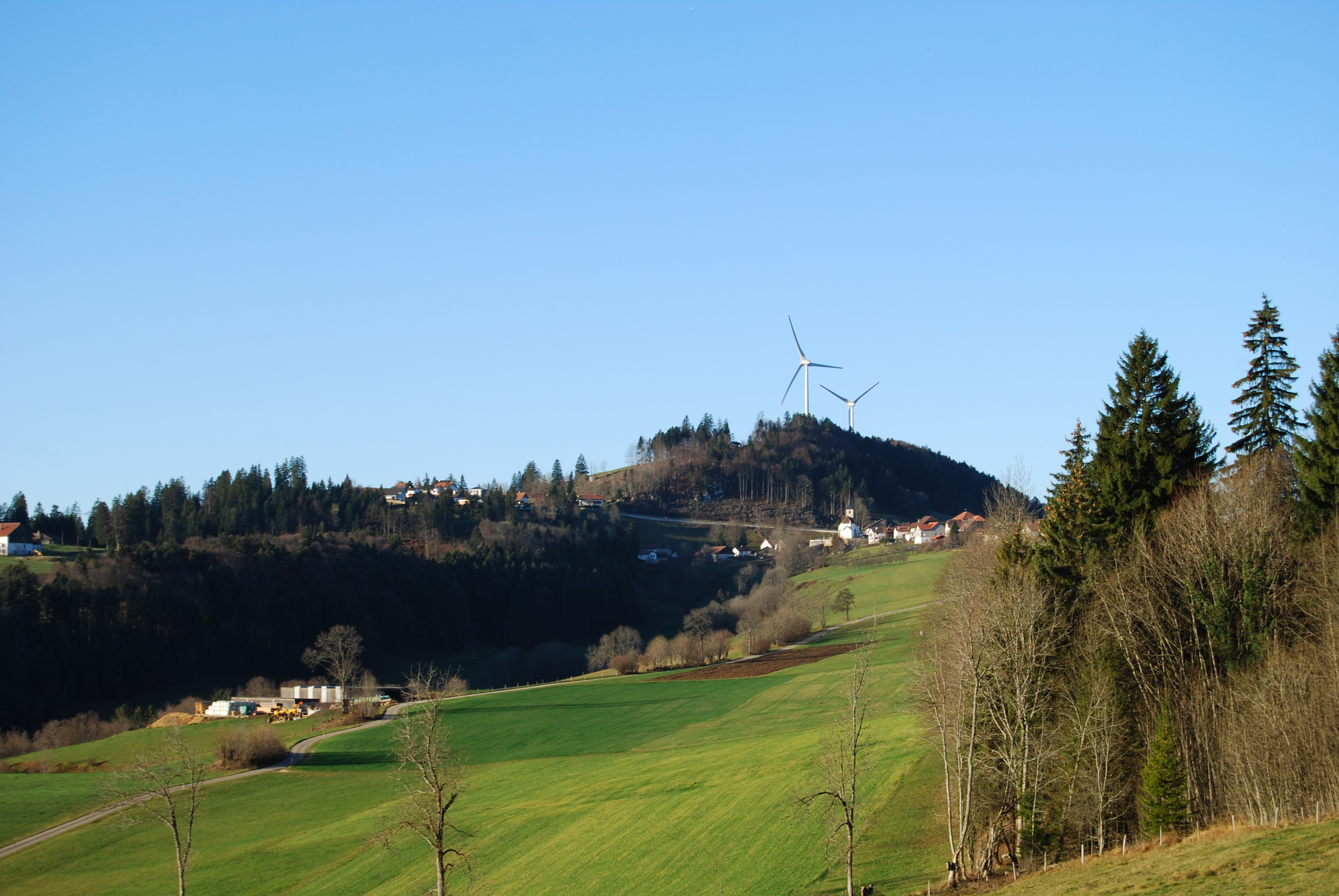
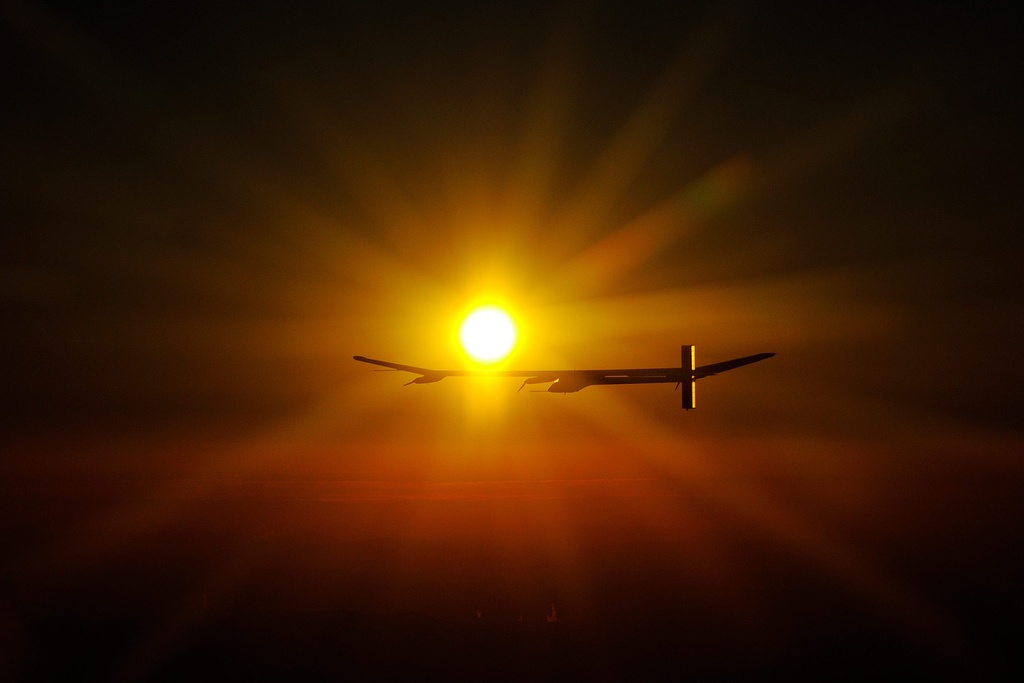
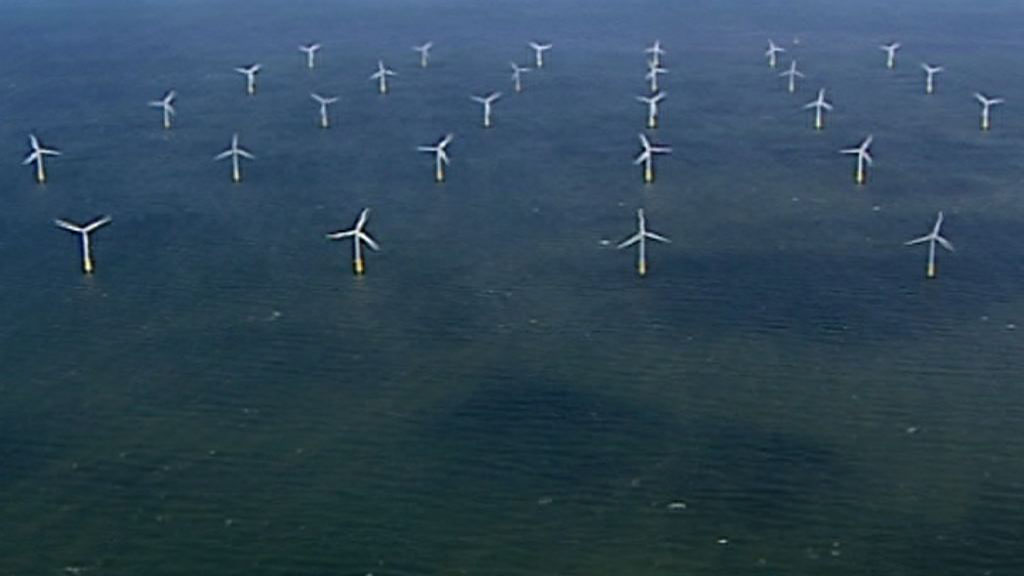
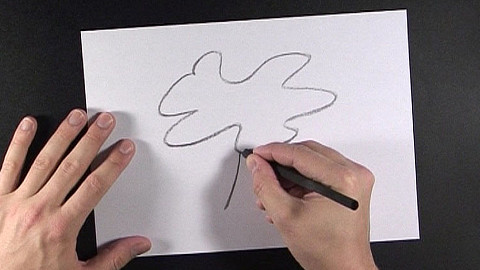
You can find an overview of ongoing debates with our journalists here . Please join us!
If you want to start a conversation about a topic raised in this article or want to report factual errors, email us at english@swissinfo.ch.